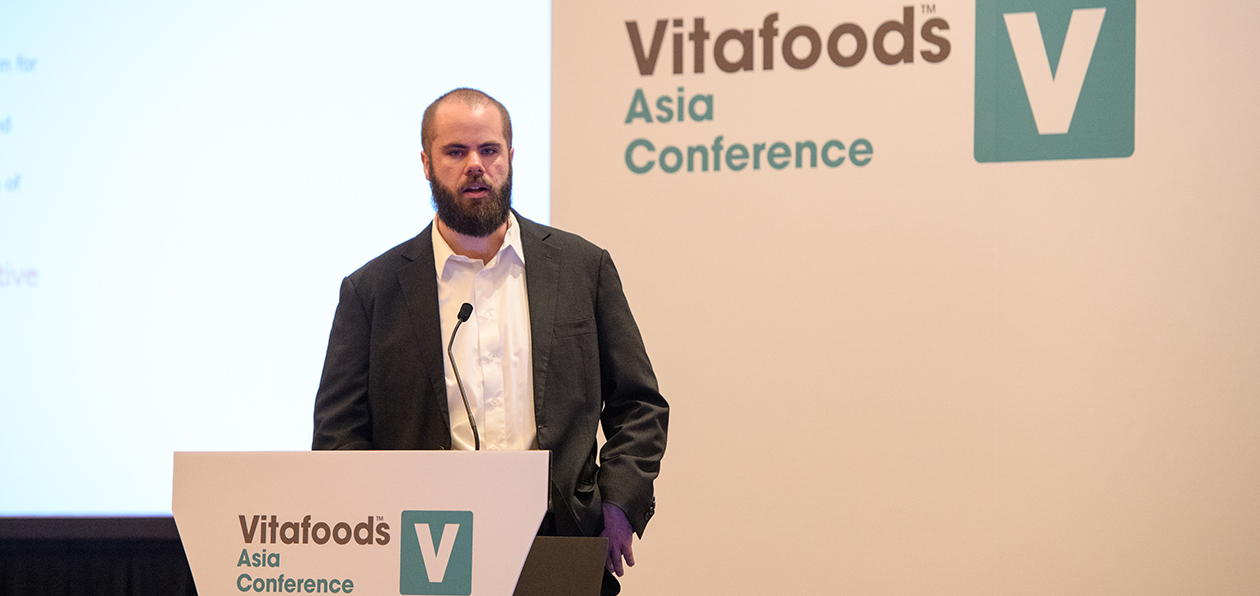Companies hoping to tap the personalised nutrition pie need to think both about the products they are offering as well as their business model.
We are what we eat—the dietary choices we make are reflected in the state of our health. For example, eating too much sugary and oily food is a common gateway to type II diabetes, a chronic condition that affects over 420 million adults worldwide.
Diet-related diseases like diabetes not only threaten an individual’s well-being but also create a significant economic burden at the global level. In fact, a 2018 study published in the American Diabetes Association estimates that the global economic burden of diabetes will increase to US$2.1 trillion by 2030.
Controlling diet-related diseases requires people to manage their diets carefully, but behavioural change is notoriously difficult. Instead of a one-size-fits all approach, personalised nutrition could go a long way in improving human health, shared Thomas Hayes, an analyst at Lux Research (Singapore), speaking at the VitaFoods Asia conference held on 25 September 2019.
Prescribing diets
Personalised nutrition changes the way we approach healthcare altogether, Hayes said. “A lot of people think about diseases in a binary way—that you either have it or you don’t. In reality, there’s a spectrum, with good health on one end and severe disease on the other.”
Bearing in mind that well-being is a spectrum, the right diet can be thought of as helping individuals move towards good health, regardless of their starting point, Hayes added. While personalised nutrition can help sports people improve their performance, the real impact will be on those at the unhealthy end of the spectrum, where personalised nutrition can help to manage their conditions and prevent their health from deteriorating any further.
“Rather than optimising our health and fitness with [personalised nutrition], I think that it is a much more compelling proposition for disease prevention and management,” Hayes said.
Nevertheless, for personalised nutrition to work effectively, user information will be necessary. “The fundamental thing we need is data, data about our health,” Hayes said. “[The data] can then be used to support personalised nutrition recommendations.”
Fad or fact?
There are two important considerations when collecting data for personalised nutrition, Hayes said. The first is the frequency of collection: some tests are one-off while other tests need to be taken yearly, monthly or even weekly. “It could be continuous, a never-ending stream of data that is analysed and then contextualised,” Hayes said.
The second consideration is the type of data collected. Such information could range from lifestyle habits, like physical activity or diet, to biomarkers, which include the nutrient levels in your blood or sweat. Other forms of data include an individual’s genetic makeup or the increasingly popular gut microbiome, which refers to the microbial community that resides in our gut. “There is a growing body of evidence linking our gut microbiome to disease, specifically diet-related diseases,” said Hayes.
Some companies have already begun capitalising on the microbiome trend. Hayes cited DayTwo, a company that personalises diets for people with type II diabetes using information from their gut microbiome. Since June 2019, DayTwo has received a total of US$48 million in funding. However, Hayes warns that any links between the gut microbiome and diet-related diseases have not been conclusively proven. “We have to discern hype from reality since we’re very much only at the stage of correlative understanding,” he said.
Marrying science with a sustainable business model
Even if personalised nutrition services can provide clear health benefits, they need to remain affordable to help businesses stay viable. Afterall, Hayes said, few customers would pay hundreds of dollars for a service that could not provide a clear benefit.
Arivale, a US start-up that sought to combine genetic testing with personal coaching to improve health, shows how important it is to have a sustainable business model. The company raised over US$50 million in funding but shut down just four years later. Hayes explained that it was the high price of the product—launched at US$3,500 per year—that led to Arivale’s demise. Even a subsequent shift to a subscription-based model at US$99/month could not prevent the company’s downfall.
Instead of putting the brunt of the cost onto consumers, Hayes suggests adopting a value-based pricing model, which charges only on the service’s effectiveness. He cited Omada Health, a digital health company that employs this model. Employers and insurers using the digital service only pay for the percentage weight loss that users have seen. “[These] non-traditional business models are a way to remove costs from the consumer, making it more accessible,” he said.

